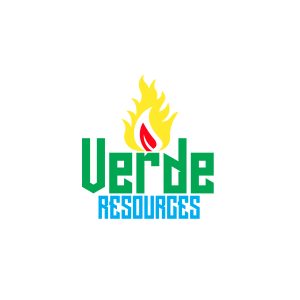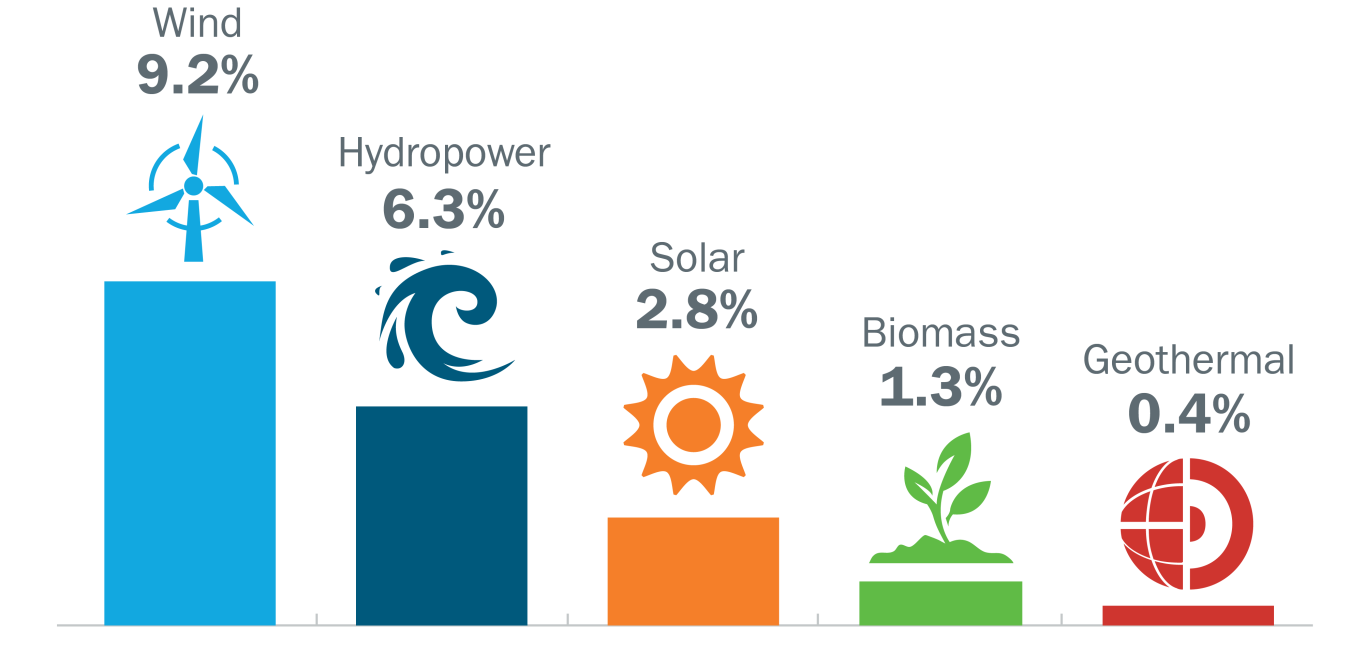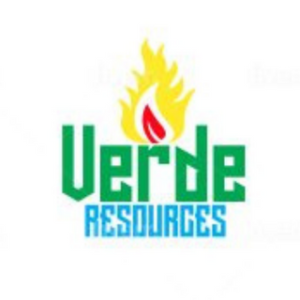
One of the most significant worldwide developments during Covid-19 was the increase in consumer engagement in financial markets, many for the first time especially in Iraq. The coronavirus outbreak has acted as a catalyst for a digital revolution facilitated by financial technology (fintech).
As Iraq recovers from the Covid-19 epidemic, the city’s technology industry is booming with enthusiasm in the “new normal” economy, assisting corporations and people in tackling new business models.
In the rest of the world contactless payment has risen significantly, more People are adopting digital payment in their daily lives. Except for Iraq which still lacks the will power of the people to use Bank Cards in the first instance to make payments, this is due to lack of confidence in the financial regulations in Iraq.
The fintech space is not subject to specific legislative and regulatory provisions in Iraq as this is a new and emerging Market.
Fintech Entities are subject to specific complex ambiguous laws and regulations applying to banks, financial institutions, and insurance companies if they carry out such regulated activities.
Entities must seek legal guidance before operating in Iraq to determine any special registration or authorization requirements, which vary depending on whether the fintech engages in a regulated business such as electronic payment services, which requires a license from the Central Bank of Iraq.
When considering operating in the FinTech Market of Iraq, it’s best to consider the below legal Acts and precedents.
Iraqi Banking laws and regulations:
- Central Bank of Iraq Regulation (28/2/1994);
- Central Bank Law (56/2004);
- Banking Law (94/2004);
- Financial Investment Companies Regulation (6/2011);
- Central Bank of Iraq Regulation (611/14 of 2019)
- Central Bank of Iraq Regulation (1/2018) as amended by Regulation 30/12/2019.
Iraqi Technology laws and regulations:
- E-signature and E-transactions Law (78/2012); and
- Electronic Payment Services System Regulation (3/2014)
Iraqi Technology laws and regulations:
- E-signature and E-transactions Law (78/2012); and
- Electronic Payment Services System Regulation (3/2014);
Other Iraqi laws and regulations:
- Civil Code (40/1951);
- Penal Code (111/1969);
- Companies Law (21/1997);
- Capital Markets Interim Law (74/2004);
- Insurance Business Regulation (10/2005);
- Consumer Protection Law (1/2010); and
- Anti-money Laundering and Counter-Terrorism Financing Law (39/2015).
Iraq has not enacted a specific law to govern the fintech space but there are some legal doctrines which may apply to certain regulated activities carried out by fintech entities, e.g., “The provision of electronic payment services”. Based on the Electronic Payment Services System Regulation (3/2014), the providers of electronic payment services must obtain a license from the Central Bank of Iraq (CBI).
The Supplier
The Central Bank of Iraq should issue a license to the supplier of such services. The license is valid for five consecutive years and can be renewed by the Provider by submitting a written request to the Central Bank of Iraq 90 days before the license expires.
The Supplier must be a legal entity that has the organizational and technical skills to operate the required mechanism, takes all measures to secure and protect electronic transactions, ensures that the Central Bank of Iraq can enter the used system at any time for supervision and control purposes, and has submitted an economic feasibility study to the Central Bank of Iraq.
The Benefactor may designate an agent or agents and authorize them to provide electronic payment services. The Provider must disclose to the Central Bank of Iraq all agent information, including name, address, internal control methods utilized by the agent, description of the services supplied by the agent, and any other information deemed required by the Central Bank of Iraq. The agent’s identity will be entered in a public record at the Central Bank of Iraq, and the Provider is required to notify the Central Bank of Iraq of any changes connected to the agent to be corrected in the above-mentioned record. The following duties of the Provider are specified in Article 16 of the Regulation (list of duties are provided in Annex 1).
If the Benefactor offers electronic payment services through mobile phone “App”, he is required to
- Sign formal agreements with mobile operators and send copies to the CBI.
- The payment procedure will take place within Iraq and in local currency which is Iraqi Dinars (IQD).
- Account settlement via the instantaneous overall settlement system, or through a guarantor bank in the absence of a settlement bank account.
Responsible authority to enforcing the applicable laws and regulations?
- The CBI is responsible for granting licenses to institutions that conduct banking operations and to electronic payment service providers.
- The Iraq Securities Commission is responsible for supervising the Iraq Stock Exchange and issuing laws relating to investment management activities and investment advice for brokers, banks, and securities companies.
As outlined by the Decision 14/611 of 2019 on governance and institutional management of information and communication technology in the banking industry, the Central Bank of Iraq has taken a favorable stance toward fintech. When interacting with cloud computing service providers, this judgment establishes certain standards that banks, financial institutions, and other licensed institutions must follow. Furthermore, the Electronic Payment Services System Regulation (3/2014) allows non-bank payment service providers to offer electronic payment services subject to a license from the Central Bank of Iraq.
The Iraqi Central Bank has a negative perception on the use of cryptocurrency. It barred the usage of cryptocurrencies, which are subject to sanctions under the Anti-Money Laundering and Counter-Terrorism Financing Law.
Fintech Industry in Iraq
The fintech business in Iraq will become massive in the upcoming years however it is currently limited to a few sub-sectors.
Online shopping, trading and electronic services, and smartphone applications are some of the “Hot” growing Information system fields that are maturing progressively.
In comparison to other nations in the middle east, Iraq is sluggish to adopt fintech, and overall investment in fintech market and the passage of associated regulations is low. This is attributable to a variety of reasons, including the following:
- The significant number of the unbanked population – according to a World Bank Group only 23% of Iraqi households have access to a financial institution’s account. However, we do see a change regarding government employees who are now getting paid Via Master Card & bank accounts rather than the old cash payment procedure.
- The relative cost of internet and mobile services to income, which limits demand for digital financial services.
- Due to worries about the security of online payments, Iraqis prefer cash on delivery in e-commerce transactions.
Although the use of mobile and electronic payment systems is growing, it is still not as widespread as it is in other nations in the region. Cash payment up on delivery when ordering goods online and money transfer “hawala” are the most prevalent payment options, with credit cards being used infrequently. Iraq’s primary underdeveloped areas are e-commerce (food, real estate, shipping, transportation, and travel services), e-banking, and digital payments.
Managing deposits and cash withdrawals through automated teller machines (ATMs), as well as executing electronic debit and credit payments, are among the electronic payment services authorized in Iraq. These electronic payments are performed using any type of digital communication and information technology, such as a network operator acting as a middleman between the user and the service provider, or any other receiver, via mobile phone transfers.
Electronic payment service providers with an Iraqi license may also facilitate to acquire bank loans that are delivered directly to the user’s credit card.
The typical structure of fintech companies
The E-signature and E-transactions Law governs electronic transactions in Iraq. Online and technology enterprises, on the other hand, are not regulated in Iraq. This means that unless they have a physical office address in Iraq, e-commerce sites and mobile applications are not legally deemed enterprises. As a result, most tech start-ups choose to register their firms as “bricks and mortar” businesses in order to gain legal legitimacy.
Fintech services are also supplied by banks that operate under the supervision of the Iraqi Central Bank (CBI).
Regulations
Article 27 of the Electronic Signature & Electronic Transactions Law No. 78 of 2012, which states that the electronic transfers of money should be regulated by a regulation that to be suggested by the Central Bank of Iraq (CBI), the Iraqi Council of Ministers issued Regulation No. 3 of 2014 regarding the Electronic Payment Services of Money (The “Regulation”).
This Regulation covers all the electronic payment activities including issuing the electronic payment tools, managing the deposits and cash withdrawals through ATMs and selling points, implementing of electronic payment processes (payable and receivable) that their money be guaranteed by the credit of the services user or by any means of digital communications or information technology, and implementing of electronic payment processes in accordance with the overall settlement system or the clearing mechanism system.
-Iraqi business news
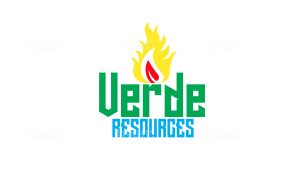 ENERGY ANALYTICS POWER AND RENEWABLES
ENERGY ANALYTICS POWER AND RENEWABLES





 Alternative fuels are derived from sources other than petroleum. Most are produced domestically, reducing our dependence on imported oil, and some are derived from renewable sources. Often, they produce less pollution than gasoline or diesel.
Alternative fuels are derived from sources other than petroleum. Most are produced domestically, reducing our dependence on imported oil, and some are derived from renewable sources. Often, they produce less pollution than gasoline or diesel.





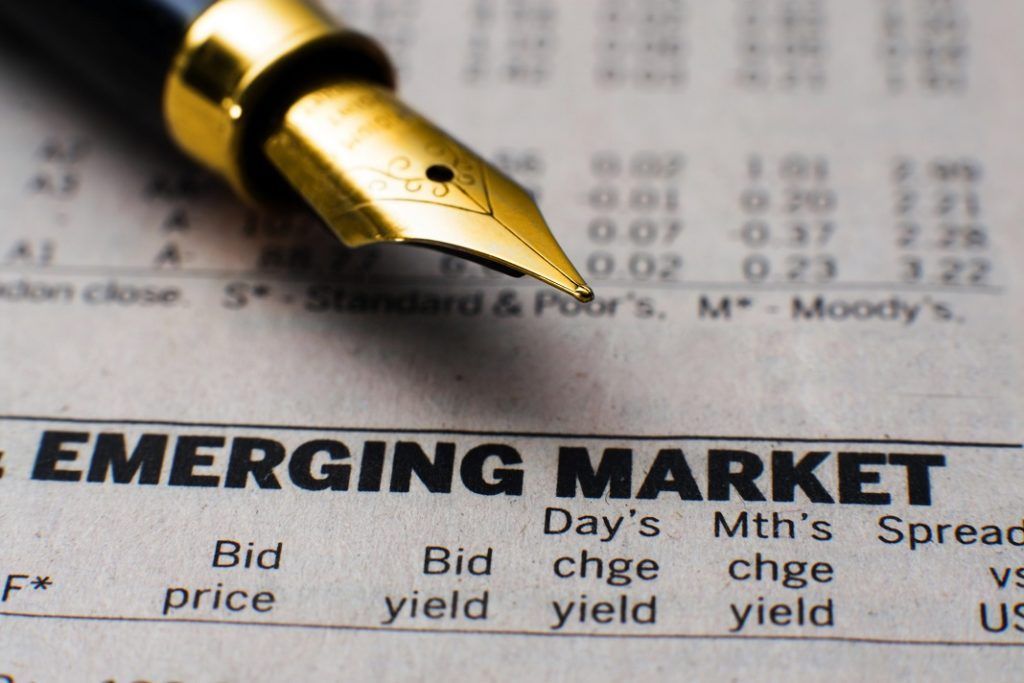
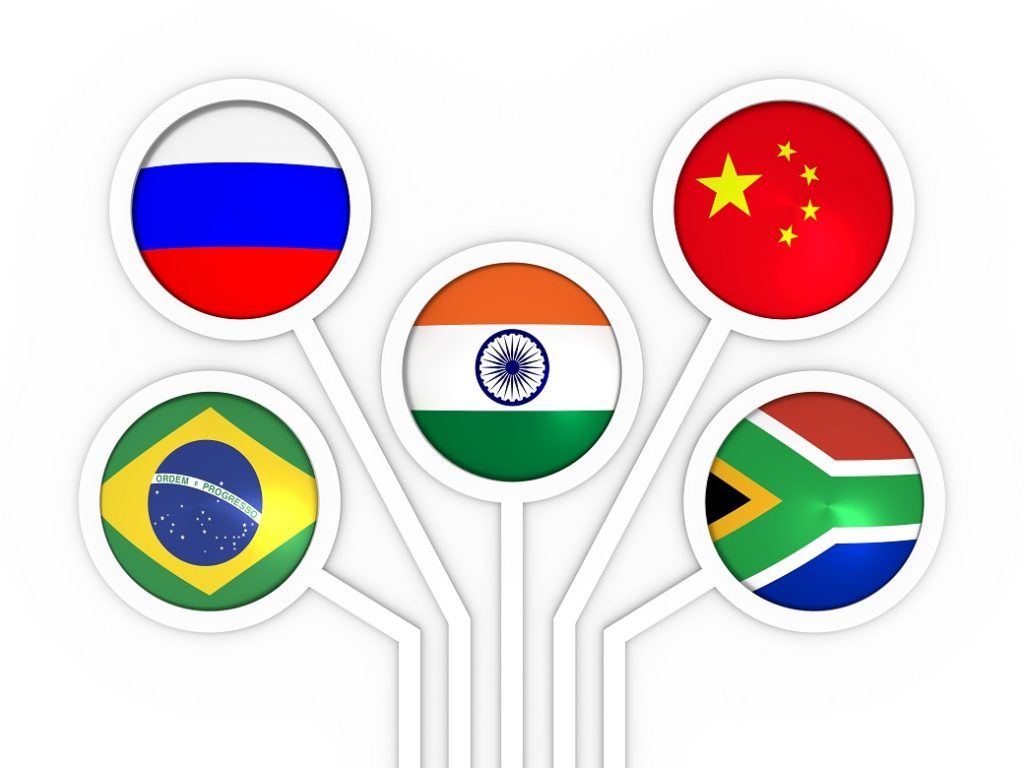





 The end of the year means different things for different people as they come up with resolutions and set their intentions to improve various aspects of their lives. But there’s one thing that everyone should do as the calendar starts to move towards another January — take stock of their personal finances and make any necessary moves before the new year. Here’s what you need to do before the end of the year to make the most of your personal finances.
The end of the year means different things for different people as they come up with resolutions and set their intentions to improve various aspects of their lives. But there’s one thing that everyone should do as the calendar starts to move towards another January — take stock of their personal finances and make any necessary moves before the new year. Here’s what you need to do before the end of the year to make the most of your personal finances.